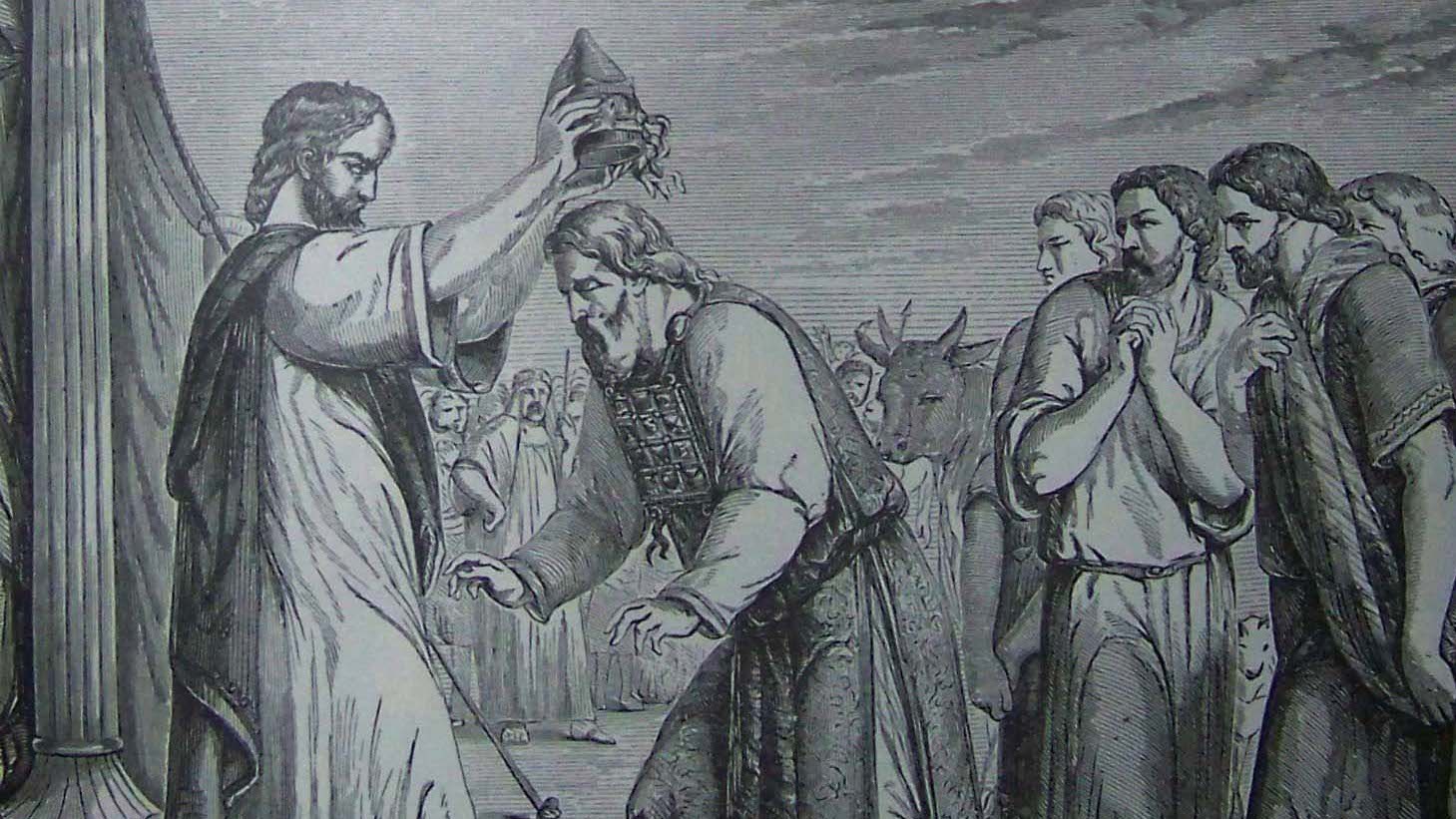This week we begin the central book of the Torah: Leviticus, whose name literally means “regarding the Levites” — the tribe of the priesthood.
The Levites, in particular the clan of Aaron, the first high priest, are identified as agents of peace — which is odd considering the bloody nature of some parts of their service. Their responsibilities, as we learn in this Torah portion, included dismembering, cleaning and arraying the limbs of sacrificed animals on an altar of smoldering branches. However, even in this literal butchery the priests were in some sense agents of peace.
These animal offerings aimed to effect restitution, acceptance, appeasement and self-forgiveness. Offerings were sometimes made on behalf of the whole people or of a ruler. Other times a priest would bring an offering himself. But mostly, the priests were professional intermediaries for ordinary people, dressing their sacrifices in the appropriate fashion and officiating ritual acts.
Those who professionally mediate between ordinary folks and the unknowable are what we now generally think of as clergy. These individuals are especially useful during major renegotiations of status, like marriage and death, and experiencing a loss may well bring a person into much more contact with clergy than they ordinarily have. Alongside other professionals like funeral directors and end-of-life caregivers, clergy help mediate the uncanny, disturbing, inexplicable reality of death.
With your help, My Jewish Learning can provide endless opportunities for learning, connection and discovery.
These agents do hopefully bring a modicum of peace into a situation inherently fraught with rupture. Even if a death is peaceful, long-awaited and perhaps a partial relief, there is always an unnerving dimension. Death confronts us with the unknown of what life hereafter will be like for the bereaved, never mind for the one who has died. Someone who makes it their particular service to tend at this threshold is usually appreciated, as their calm and normalcy, their “knowing what to do,” helps direct the person disoriented by death.
The ancient priests were presumably exactly such expert practitioners, skilled and at ease in matters of mortality. But according to Jewish tradition, the priests extended their ministry well beyond ritual service at the portal of life and death. “Be of the disciples of Aaron,” Pirkei Avot (1:12) exhorts us, “loving peace and going after it.” Tradition tells us that Aaron would regularly facilitate conciliation between disputing parties, even telling benevolent white lies (for example, informing each that the other had said they were sorry and wanted to reach an agreement) to ease their rapprochement.
“May they rest in peace” may not seem like a particularly Jewish expression, but in fact we do have this very image of the deceased “resting on their beds in peace” in Eden, their souls bound up in the bond of life. This motif is explicit in the El Maleh Rahamim prayer, which is chanted at the graveside, during shiva and at other memorials such as Yizkor services. The image of the dead person resting and in peace, their stillness the stillness of deep relaxation, is a comforting one. Sleep, after all, is a miniature death — 1/60th of actual death, says the Talmud (Brachot 57b) — a domesticated dose of our ultimate unknown destination.
In this too there is an interesting priestly connection. After a Jewish person has died there are traditional ceremonies for washing, tending and dressing the body for burial. These rites are performed by a committee of volunteers known as a chevra kadisha, or sacred fellowship. Historically it has been considered a great and invitation-only honor to serve in this role.
As a vessel that has housed a sacred intelligence, made in the image of God, the human body is accorded the highest respect. This is true in death no less than in life. The tachrichin, the white linen burial shrouds in which the deceased is swathed, are explicitly modeled on the garments worn by the priesthood. As the chevra kadisha gently prepares the body, verses from scripture are recited. These include a selection from Zechariah (3:6-10), where an angel visits the high priest and gives him new unspoiled garments to wear, as well as Torah verses (from Leviticus 16) identifying each item in which the person will be buried with the clothing of the priests.
For in death, every Jew comes to embody those most special of all divine servants, those agents of peace who were appointed to mediate the most fraught and important matters. In death, each Jew in turn becomes the high priest.
This article initially appeared in My Jewish Learning’s Reading Torah Through Grief newsletter on March 24, 2023. To sign up to receive this newsletter each week in your inbox, click here.
Looking for a way to say Mourner’s Kaddish in a minyan? My Jewish Learning’s daily online minyan gives mourners and others an opportunity to say Kaddish in community and learn from leading rabbis.



